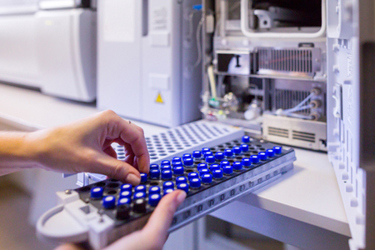ICH & USP <1220>: Implementing A QbD Analytical Framework
By Brian Glass, Pharmatech Associates

access the White Paper!
Log In
Get unlimited access to:
Trend and Thought Leadership Articles

Case Studies & White Papers

Extensive Product Database

Members-Only Premium Content

Welcome Back! Please Log In to Continue.
X
Enter your credentials below to log in. Not yet a member of Biosimilar Development? Subscribe today.
Subscribe to Biosimilar Development
X
Subscribe to Biosimilar Development
